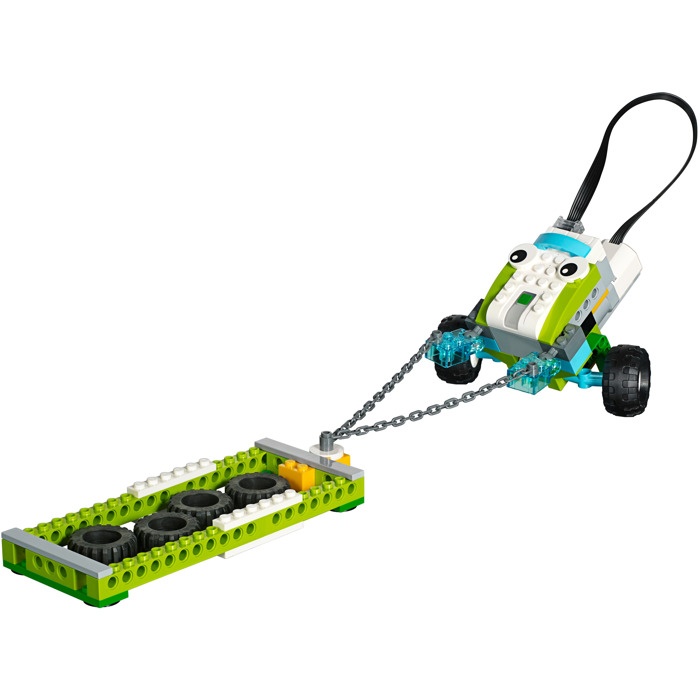


You can use these assessment rubrics with the observation rubrics grid, which you will find in the “Assess with WeDo 2.0” chapter.ĭuring the Explore phase, make sure the student is actively involved in the discussion, asking and answering questions, and can answer in his/her own words questions such as: What makes a pollinator choose the right flower? If teams work together, students can ask each other if the pollinator of one can pollinate the flower of the other and vice versa. It is important to note that because a student model will vary according to student choice, there are no building instructions or sample programs provided to students for this part of the project. Program the new pollinator model to act differently from the previous one.

Attach their new pollinators to the axle.Īs an example, students can use a second flower to illustrate cross-pollination.When they design this pollinator, make sure they can: Also design the correct pollinator for it.Īs an example, students can build a hummingbird, butterfly, bug, bat, or any other organism they know is a pollinator.Use the transparent brick to represent pollen.Keep the Motion Sensor in the new flower.When they design this flower, make sure they: Encourage students to plan and test their designs.Īs some examples, students may build a tubular, colored, or big flower. Once students have built the bee, ask them to think about how they might build a new flower and a pollinator that would be attracted to it. Using ideas from the first model, the student should be able to change both the pollinator and flower. Have your students collect their answers with text or pictures in the Documentation tool. Some pollination takes place using the wind or rain. Do all flowers get pollinated by a pollinator?.The flower is the organ developed by a plant to attract animals in order to get help in the reproductive process and create seeds. Seed, seedling (tiny plant), and mature plant with flower Name three stages in the life of a flowering plant.Around 90 percent of all pollination on the planet involves organisms. Pollination is the process by which flowers reproduce. Most flowering plants rely on animals to pollinate them, and animals also help to disperse seeds of many plants. Pollinating animals go to the flower for nectar and often will get dusted with nearby pollen to be transferred from (usually) one flower to the next.

Explain some ways that animals help plants to reproduce.The plant then gets further assistance from animals or an external force, such as the wind or rain, to disperse the seeds.Īnther, stamen, stigma, style, pollen, nectar After the flower has been pollinated, the fruit or the seed will develop on the plant. Pollination is only one step in a flowering plant’s life cycle. Bats also play a role in pollination, using their very long tongues to get the nectar from flowers, mainly at night.Hummingbirds have long beaks, perfect for reaching nectar deep inside of tubular flowers.Butterflies and moths have long tongues so they like tubular flowers and are attracted by bright red flowers.The color, the size, the smell, and the nectar are all tricks to attract them. The flower of a plant is designed to attract animals.Flowers rely on external factors, such as wind or animals, to help them reproduce.Pollination is a vital process by which a flower is affected by an external factor in order to have the pollen transported to the stigma: The introductory video may set the stage for the following ideas to be reviewed and discussed with students for this project.


 0 kommentar(er)
0 kommentar(er)
